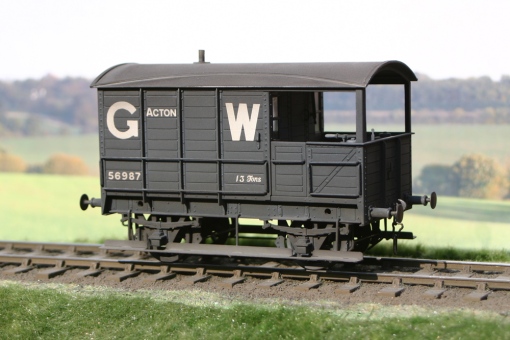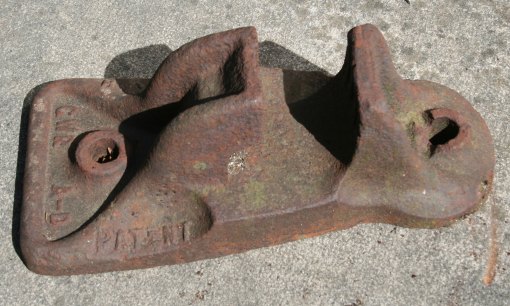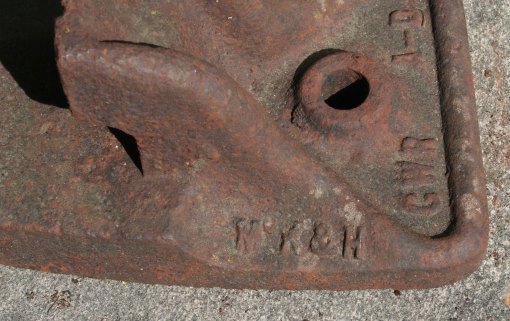Twelve examples of the Great Western’s 13 ton AA7 brake vans were built between 1897 and 1898 to Lot 206 for working the company’s trains from Acton over the Metropolitan and (for a short stretch between Farringdon Street and Aldersgate Street) the Widened Lines to Smithfield – they were numbered in the series 56985-96. Essentially they were a short version of the AA3 vans with a 9ft wheelbase, measuring 16ft over headstocks with a proportionally smaller verandah than the larger vans.
It has been suggested by various authors that the AA7s must have been the among the first fitted brake vans on the GW because of the Smithfield meat trains, which included fitted Micas, but in reality, the perceived volume of meat traffic to Smithfield has been blown out of all proportion, and careful study of the relevant WTTs show that in fact the meat trains made up only a very small percentage of the traffic over the route as Smithfield was also the main general merchandise goods depot for central London and the City. To put things in perspective; in 1912, out of sixteen daily goods trains only four were scheduled for meat traffic, and of these, three were mixed trains of meat and general merchandise. Quite surprisingly, only one single trip each day was solely reserved for the conveyance of meat. It’s worth remembering that Mica’s were vacuum braked to convey chilled and frozen meat between Birkenhead and London at passenger-rated speeds, and it would have been the brake vans on those trains which were first vacuum fitted. It wasn’t until later, maybe much later (post-Grouping?) that vacuum braked stock was required on the Smithfiled trips.
The model is from Big Jim’s wonderful Connoisseur range, and the only major deviation I made was the addition of WEP compensation units rather than a solid chassis. GW paint from Precision, weathering from Humbrol and transfers from the HMRS. Glazing is 0.13mm glass, instanter couplings from CPL and sprung buffers from Slater’s.
This example was built to commission, and is in 0 Finescale, but I have a pair to build for Basilica Fields where meat traffic not only shuttles between Acton and Smithfield, but east from Smithfield to St. Katherine Dock via Basilica Fields on the (Middle) Circle Extension.
No photoshoppery…well, just a little to get rid of a couple of specks of dust, but the colours and lighting is au natural care of the fat old sun.




